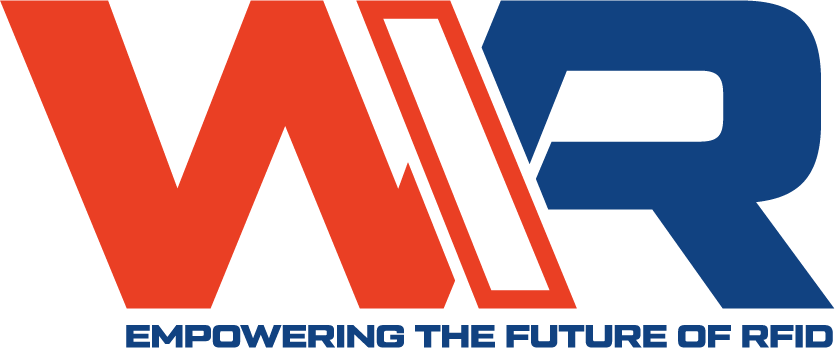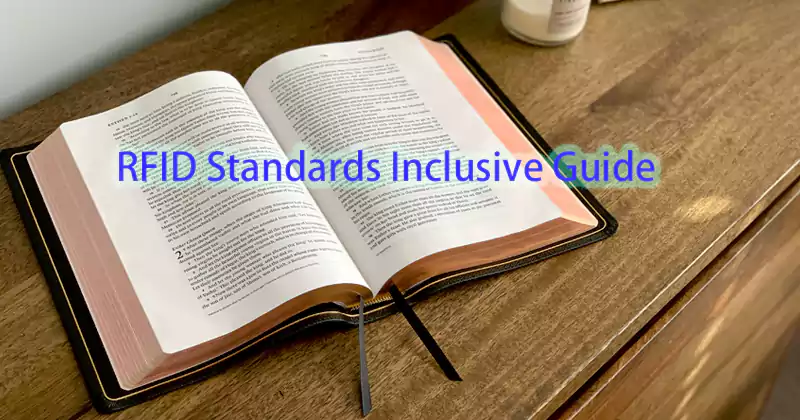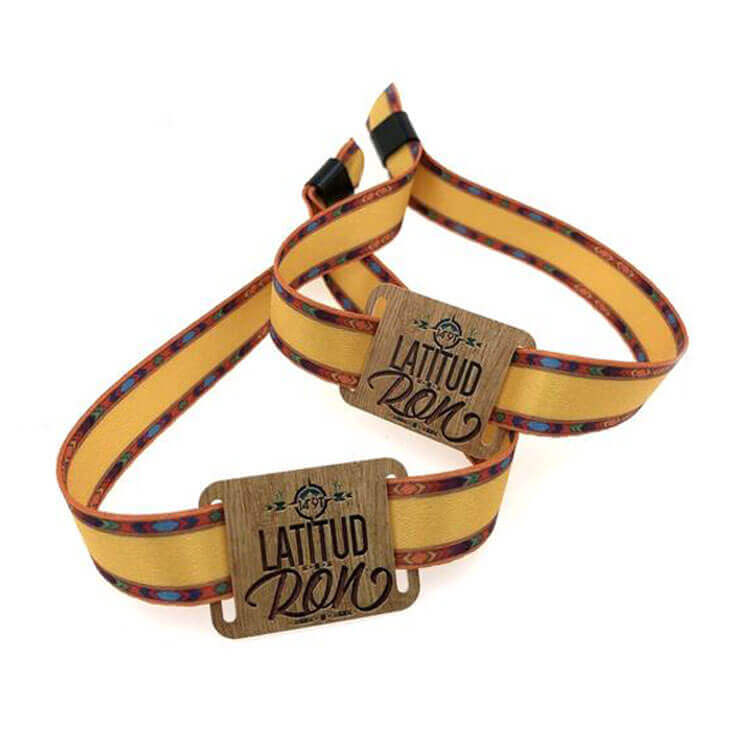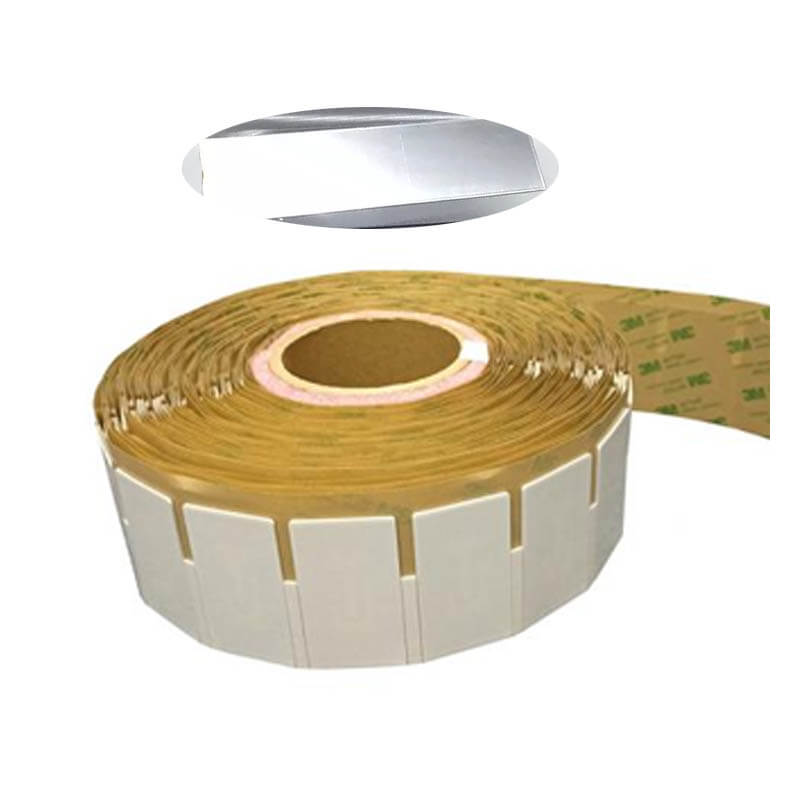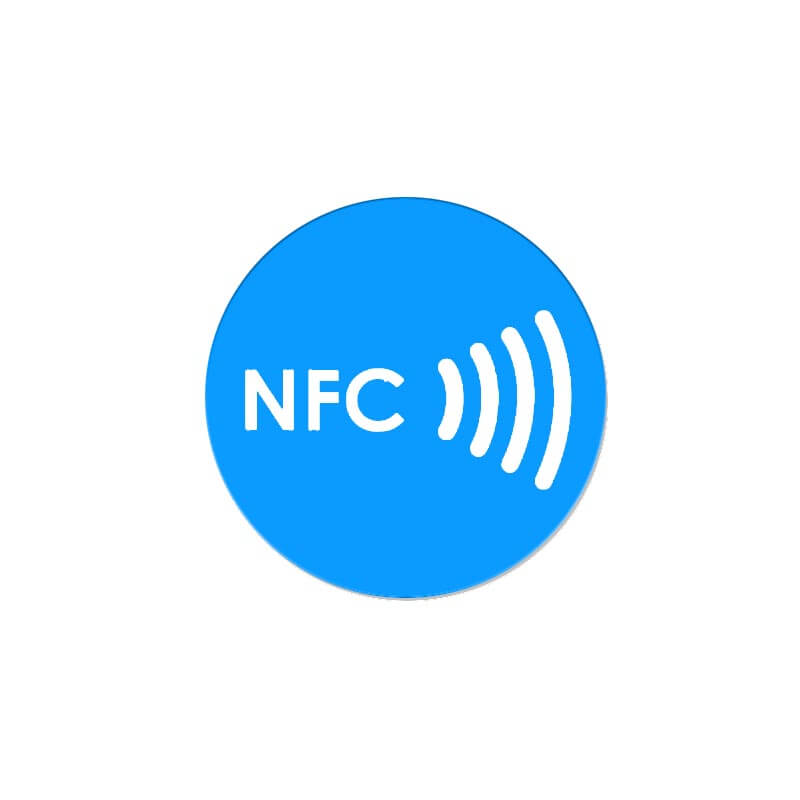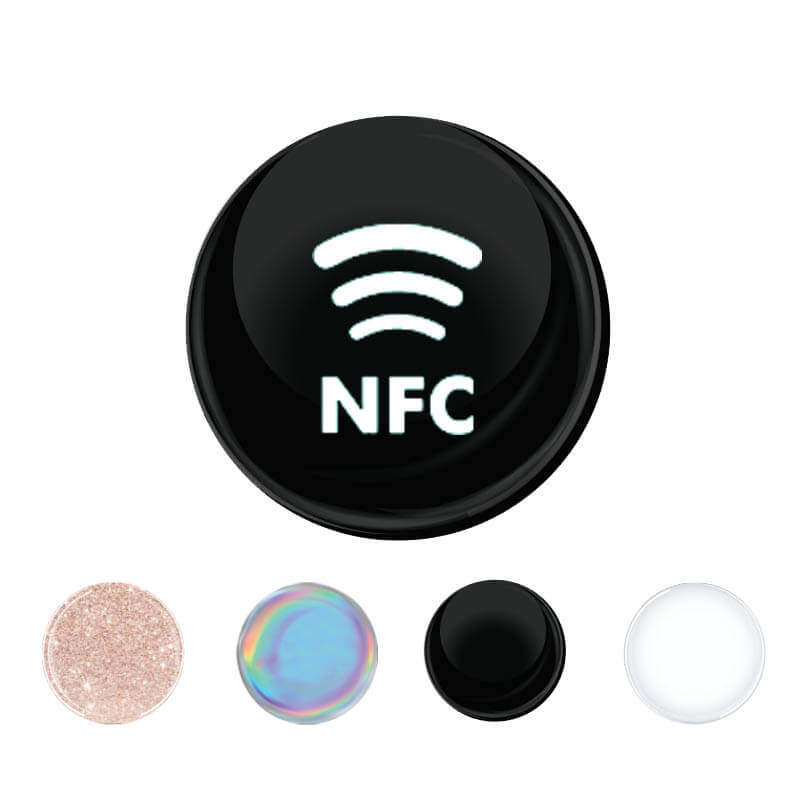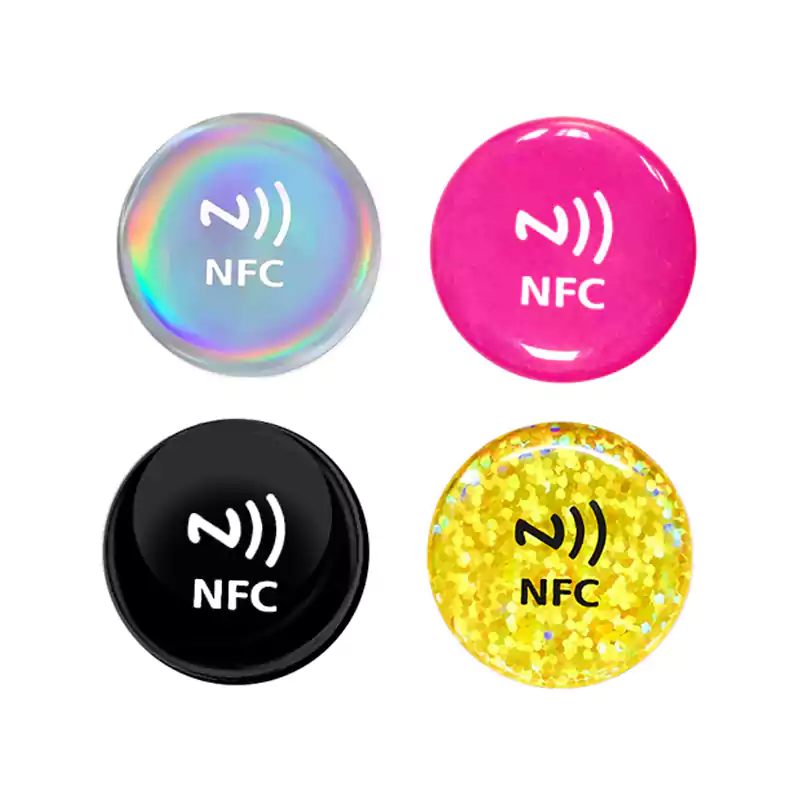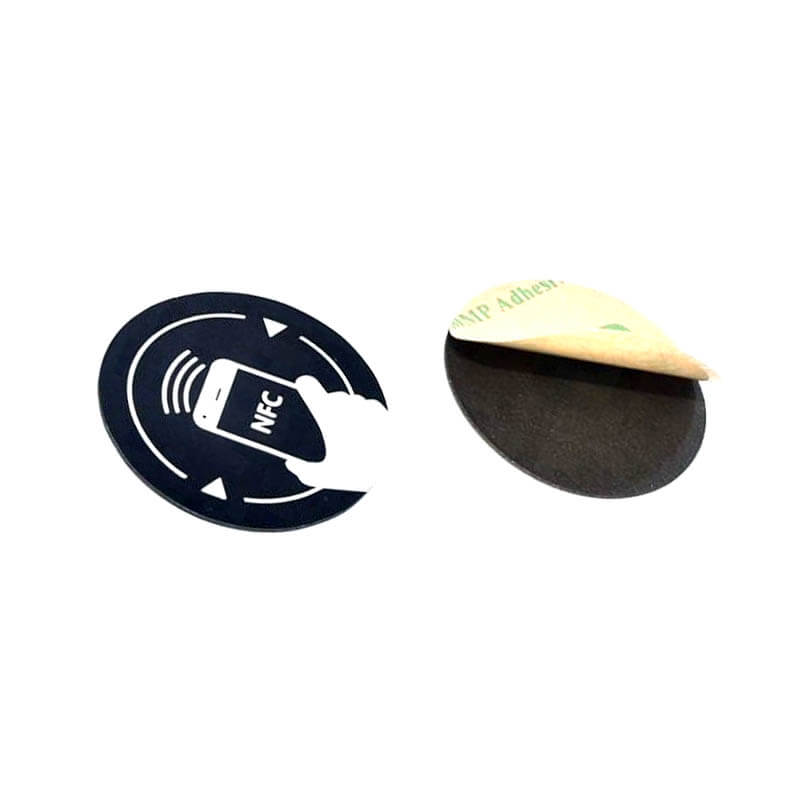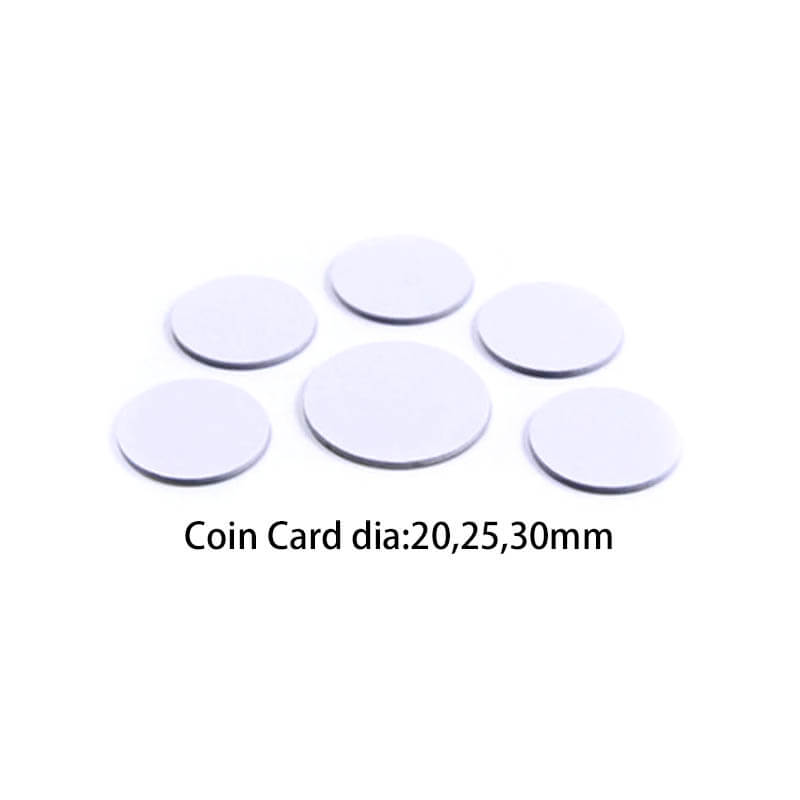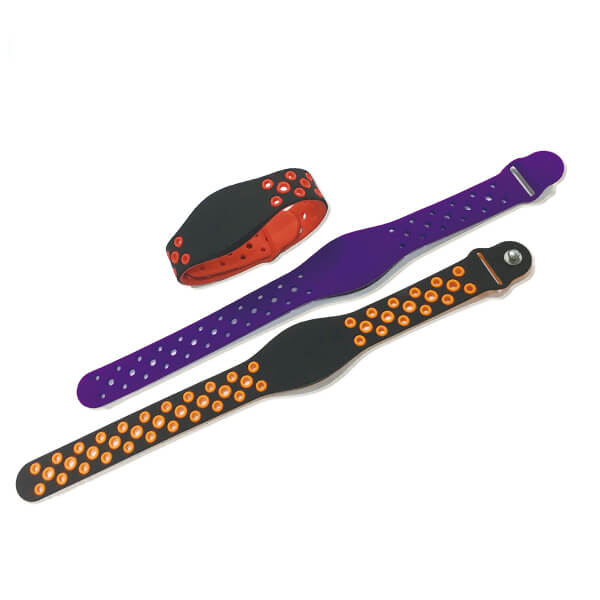Radio Frequency Identification (RFID) standards are regulations that guarantee the interoperability of RFID devices and components. The guidelines help manufacturers to know the features & specifications expected of their products. With this knowledge, all the RFID products in the market will be compatible regardless of the manufacturer.
The standards are created by different regulatory organizations, including the International Organization for Standardization (ISO), EPC Global, and the American Standards Institute (ANSI). This article highlights the specific standards that guide the RFID components’ design and features.
What are RFID Standards?
RFID standards are a set of rules that regulate the manufacturing and the use of RFID technology. Their primary role is to ensure the security, compatibility, and efficacy of RFID communication protocols. Here’s how the standards make the use of RFID flawless:
- Enhanced Security. Using RFID involves transferring data from one device to another. RFID standards guarantee that the data is safe during the transfer process.
- Ease of Use. Since RFID tags are globally accepted, all the components must be compatible. For example, company A’s RFID tag should work with an RFID reader from company B.
- Operation Safety when Used on Human Beings/ Animals. The regulatory bodies analyze the strength and the nature of each frequency wavelength used on a tag. The analysis aims at determining the safety and efficacy of the tag on animals and human beings. For example, the regulatory authorities recommend using Low Frequency (LF) RFID tags on animals due to their compatibility and efficacy on moist surfaces.
If you want to get all these benefits first-hand, you should always ensure that you only buy RFID components that meet the RFID standards.
Why RFID Standards are Important
RFID regulations are vital since they create a much-need uniformity in RFID components. With guaranteed interoperability, you can use products from two different companies without compromising their efficacy.
Additionally, these regulations help in increasing competition as the market is global. As such, standardized RFID products are relatively affordable since the regulations have eliminated any chance of monopolistic operations.
Classification of RFID Standards
- Industry-Specific RFID Standards. These are RFID regulations developed to regulate an industry, such as veterinary services, security, and tracking.
- Global RFID Standards. These standards are set by international bodies to regulate RFID operations in the entire world. The two leading global regulatory agencies include the International Standards Organization (ISO) and GS1.
- Regional RFID Standards. These are standards that regulate the operations of RFID in regions. For example, FCC Part 15 regulates industrial, scientific, and medical (ISM) RFID bands used in the US. It defines the operations within 5725-5850 MHz, 2400.0 – 2483.5 MHz, and 900-928 MHz frequency bands.
- National RFID Standards. These are regulations set by specific countries to regulate local RFID operations. The Standardization Administration of China (SAC) is one such body. Under it, there are many other bodies such as the China National Registry of Product and Service Codes (NPC), The Article Numbering Center of China (ANCC), and the Electronic Product Code (EPC) coding scheme. Other countries with regulatory bodies include India, Australia, and Singapore.
Who Develops RAIN RFID Standards?
Are you wondering what RAIN RFID is? It is one of the branches of RFID that connects billions of items to the internet, thus making them available to millions of users. Passive wireless technology provides real-time data to businesses and consumers. They then use the data to locate, authenticate, and engage with each item.
EPC UHF Gen2v2 or ISO/IEC 18000-63 is the body mandated to regulate RAIN RFID networks. Other international bodies that can regulate RAIN RFID include GS1, the International Standards Organization (ISO), the International Electrotechnical Commission (IEC), and the Joint Technical Committee (JTC1).
Various regional bodies also regulate the usage of RAIN RFID. They include the Federal Communication Commission (FCC), the European Telecommunications Standards Institute (ETSI), and Spectrum Compliance Asia.
Additionally, the RAIN RFID can be regulated by specific industry bodies such as the International Air Transport Association (IATA), the Association of American Railroads (AAR), and the American Trucking Association (ATA).
RFID Standards – A Comprehensive Guide
This section has all the RFID standards that you should consider before buying your RFID system. They include:
ISO Standards
- ISO/IEC 18000-1
This standard regulates the generic architectural concepts of RFID identification. It defines the parameters that should be used with a standardized air interface in RFID components. It limits its operations to data exchange/ transactions across the air interface at the reference point delta.
- ISO/IEC 18000-2
This standard defines the parameters to be used for air interface communications between a Low Frequency (LF) RFID tag and an interrogator. It regulates all tags’ functionality at 135 kHz frequency or lower.
Additionally, it defines the commands, protocols, and methods to detect one tag’s signals, among many other tags. This aspect is critical since it prevents tag collision, affects communication, and compromises data security.
While all other standard components are mandatory, implementing anti-collision standards is optional but necessary.
- ISO/IEC 18000-3
This standard provides the guidelines for air interface communication at 13.56 MHz frequency. It defines the collision management system, physical layer, and protocol values for high-frequency tags.
- ISO/IEC 18000-4
This standard highlights all the air interface protocols for RFID devices designed to operate at 2.45 GHz frequency wavelength. It defines two different modes:
- Passive tags that operate as an interrogator talk fast (ITF)
- Battery-assisted tags that operate as a tag talk fast (TTF)
- ISO/IEC 18000-6
This standard regulates the physical interactions of readers/interrogators and RFID tags. It sets the protocols, commands, and measures to prevent a collision in passive RFID systems that operate within the 860 to 960 MHz range (Ultra-High Frequency Range). It highlights the three non-compatible types, including Type A, B (rarely used), and C (equivalent to EPCglobal Gen 2).
- ISO/IEC 18000-7
This defines an air interface for RFID devices that operates active RFID tags at 433 MHz frequency bandwidth. The tags in this category operate within a range of 1 meter (3 to 5 inches).
- ISO 14443
This standard regulates proximity cards that operate using Near Field Communication (NFC) technology. The cards operate at a frequency of 13.56 MHz, and they are used for identification, security, payment, and access control. The ISO 14443-regulated cards operate within a range of 10 cm.
- ISO 15693
This standard was developed to regulate the operation of vicinity cards that use near-field inductive coupling. The cards operate at 13.56 MHz frequency but have a greater read distance than proximity cards (approximately 1 meter). They are used in parking lots and the management of contactless smart cards.
EPCglobal/ GS1 GEN 2
This standard is also known as EPC Radio-Frequency Identity Protocols Class 1 Generation 2 Ultra High RFID protocol for 860-960 MHz communications. EPCglobal (now GS1) created the standard in 2013, and ISO 18000-6C approved it later in 2015.
The standard elaborates air interface parameters for RFID tags that operate within the 860-960 MHz frequency range. The latest version of the standards is Gen2v2, which was developed in 2013.
Unique Features of Gen2v2 Standards
- Three Diverse Modes. The reader can operate using three modes – single, multi, and dense environments. When using the dense mode, you’ll be able to use hundreds of readers simultaneously.
- Dynamic Encoding Methods. RFID readers that comply with Gen2v2 standards can switch encoding techniques based on the prevailing environment. For example, an RFID reader will use the FM0 encoding technique in a low-noise environment (which is faster) and the Miller subcarrier (which is slower but efficient) in a noisy environment. This ensures that you get the best results regardless of the prevailing conditions.
- Fast Data Transmission Rate. Gen2v2 compliant RFID system transmits data at a rate of up to 640 Kbps, which is five times faster than preceding standards.
- More Commands for Easy Tag Population Management. Gen2v2 RFID system provides access, selection, and inventory commands. These features guarantee a better and more accurate tag-reading process.
- Enhanced Safety. These standards offer longer access passwords of up to 32 bits and kill passwords to disable tags with ease. This feature guarantee safety of the data transferred using the RFID system.
- Four Sessions Operations. RFID tags that meet the Gen2v2 standards can allow up to four sessions per tag inventory. This means that four readers can communicate with a tag without interference at any given time.
- Random Generated Numbers for Data Protection. Gen2v2-compliant RFID tags offer a forward link of randomly generated numbers to the reader. This unique feature prevents unauthorized tag writing.
- More Programmability. Gen2v2 RFID tags have more memory divided into four different banks. A bank can have all read-only, read/write, and write once within it—this guarantees more flexibility in application.
- Enhanced Q Algorithm. This feature offers an enhanced tag collision resolution and improved security when data is transferred from the tag to the reader.
Additionally, a more enhanced upgrade of Gen2v2 called Gen2 (V1) offers even more applicability, memory, and security.
